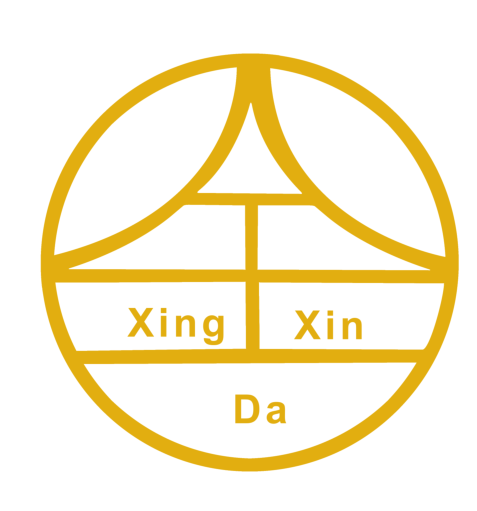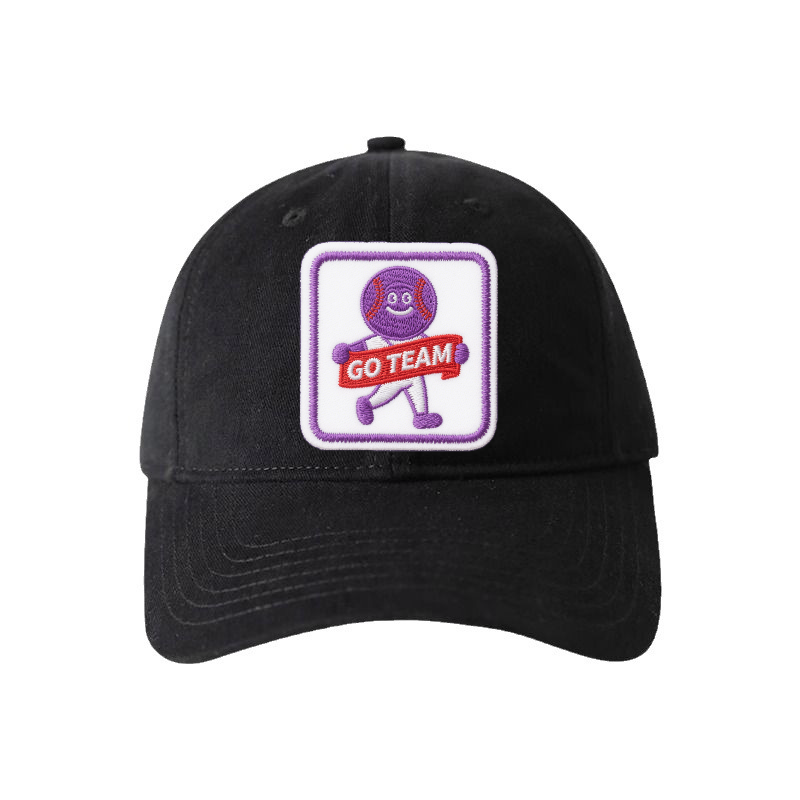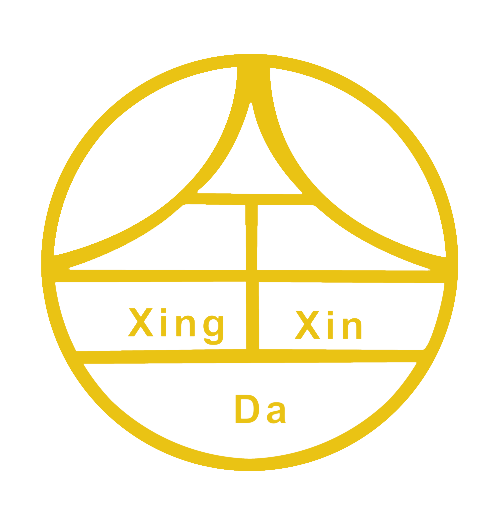Understanding the Full Production Workflow for Custom Iron On Patches
Overview of the custom iron on patches manufacturing process
It usually takes between two and three weeks to make custom iron on patches featuring those cool 3D embossed logos. The whole process starts when designers take the vector artwork and turn it into something the machines can understand, which generally takes anywhere from one to three days. Once those stitch files are ready, they go into programming those big industrial embroidery machines that handle all the layers of stitching work. A recent look at the textile industry numbers shows interesting results too. Plants that stick with standard thread colors and use those heat seal backs manage to crank out around 1,200 to 1,500 patches during an eight hour workday. That's pretty impressive considering how detailed these patches can get.
Key stages from design submission to final product delivery
- Artwork approval (24–72 hours): Clients review digital proofs to confirm stitch density and logo alignment
- Foam padding insertion (1 day): Operators manually place foam under high-density embroidered areas to create dimensionality
- Heat-activated backing (6–8 hours): Adhesive sheets are pressed at 320°F to ensure durability through repeated washing
- Batch inspections (12–24 hours): Each batch undergoes peel-strength tests (≥18 psi) and colorfastness verification before shipment
How client input and approvals affect lead times
According to the Textile Manufacturing Journal from last year, about one third of all delays in making custom patches comes down to late design changes. When customers need three or more rounds of proofs before final approval, that typically adds between five and seven extra workdays to their order timeline. The good news is manufacturers who adopt these new collaborative proofing systems see a pretty dramatic improvement. Companies report cutting down on revision cycles by around forty percent simply because they can now annotate designs in real time and track changes automatically across teams.
Design Complexity and Its Impact on 3D Embossed Logo Production Time
How Design Intricacy Influences Time Estimation for Custom Patch Production
When working with complex designs that have lots of small details or several different colors, production times go up anywhere from about 30% to maybe even 50% compared to basic logos. Adding each new color means changing threads and adjusting machines again, which eats into time. And those really detailed shapes need careful programming so threads don't snap during stitching. Take for example a typical corporate logo with six colors and tight lines spaced around 0.8mm apart. This kind of design can take nearly three times as long to set up and actually stitch out when compared to something simple like a two color emblem. Most embroidery shops see this kind of difference regularly in their day to day work.
Flat Embroidery vs. 3D Puff and Embossed Effects: Time and Effort Comparison
| Production Factor | Flat Embroidery | 3D Embossed |
|---|---|---|
| Average Setup Time | 45 minutes | 2.5 hours |
| Stitches Per Minute | 850–1,000 | 400–550 |
| Manual Adjustments | 0–2 | 5–8 |
3D puff effects require iterative pressure testing to maintain consistent height without distorting the fabric. Unlike flat embroidery, 3D techniques involve three sequential steps: base stabilization, foam layer placement, and top stitching—tripling machine runtime for equivalent coverage areas.
Why Foam Padding and High Stitch Density Extend Production Duration
Producing 3D embossed patches takes 22% longer per unit due to:
- Foam cutting precision: ±0.2mm tolerance required for accurate backing placement
- Stitch compaction: 12,000–18,000 stitches per patch versus 6,000–8,000 in flat versions
- Heat management: Reduced machine speeds (400–600 RPM vs. 1,000+ RPM) to avoid melting adhesive layers
Operators perform manual foam alignment checks every 50 units, adding 15–20 minutes of quality verification per batch. High stitch density (7–9 stitches/mm²) also demands constant tension adjustments to preserve dimensional integrity across heat-sensitive surfaces.
Digitizing, Machine Setup, and Stitching for 3D Textured Patches
Converting Artwork Into Stitch Files for 3D Embossed Logo Embroidery Techniques
Getting those 2D designs ready for actual stitching matters a lot when making 3D embossed patches. The people who do this work rely on special programs to figure out how the design will look in three dimensions. They basically translate flat artwork into detailed embroidery instructions that tell machines exactly where to place each stitch. When working on raised logos specifically, digitizers need to set up underlay stitches first so the foam stays put, then add satin stitches around it to give that nice finished look. According to some industry standards, this whole process takes about 40 percent more computer calculations than regular flat embroidery jobs. And let's face it, complicated designs with shading effects or intricate details just take longer to digitize. Expect an extra couple of hours in the workflow for these types of projects compared to something simple like circles or squares.
Machine Calibration and Setup Challenges With Heat Seal Backing
Proper machine setup ensures strong adhesion without compromising embroidery quality. Technicians must:
- Adjust needle tension to prevent thread breakage when piercing foam layers
- Test temperature settings between 300–325°F (149–163°C) to activate adhesive backings
- Align hooping frames with ±0.5mm precision across textured materials
A 2023 industry survey found that 68% of production delays stem from incorrect heat press calibration, highlighting the importance of test runs before full-scale manufacturing.
Stitching Process and Production Bottlenecks in Transitioning to 3D Effects
Producing 3D elements involves several time-intensive steps:
- Placing the foam layer and securing it with temporary tacking stitches
- Encapsulating the foam with satin stitching at 600–800 stitches per minute (30% slower than flat embroidery)
- Trimming excess foam after stitching
This layered method increases production time by 55% compared to standard patches. Common issues include thread snapping from dense foam (14% defect rate) and misalignment during multi-stage stitching (9% rework rate). These are mitigated using automated thread tensioners and laser-guided hoop alignment systems.
Backing Application and Durability Testing for Iron-On Patch Backing
Applying Heat-Activated Adhesive Backing: Process and Timing
The final stage involves applying thermoplastic adhesive to the patch’s reverse side. Specialized equipment heats the adhesive to 370–400°F (188–204°C), activating its bonding properties within a 30–60 second window. Precise timing is critical—insufficient heat weakens adhesion, while excessive exposure risks damaging the foam padding beneath the 3D logo.
Quality Control in Iron-On Patch Making Methods
Post-production inspections assess three key performance metrics:
| Checkpoint | Test Method | Pass/Fail Criteria |
|---|---|---|
| Adhesive Coverage | Thermal imaging scan | 95%+ even distribution |
| Backing Alignment | Laser measurement | <1mm deviation from patch edge |
| Heat Resistance | 15-second 400°F iron press | Zero edge lifting or discoloration |
These protocols ensure reliable application and long-term logo integrity across various fabrics.
Testing Wash Durability and Adhesion Strength Post-Production
To test how well they hold up, patches go through some pretty rigorous trials. We run them through over 25 wash cycles according to ASTM D7020 standards, plus more than 50 peel tests following the D903 adhesion guidelines. The 3D embossed ones have it tougher though. Those raised parts actually get about twice as much friction compared to regular flat embroidery when washed. Good quality patches stick around and keep their shape on all sorts of fabrics like cotton, polyester blends and everything in between. That makes them work great for workwear and company merch that needs to last through repeated use and cleaning.
Strategies to Reduce Lead Time Without Compromising 3D Embossed Quality
Speeding Up Design Approval and Feedback Cycles
Clients who finalize artwork early reduce production delays by up to 40% (2023 Textile Industry Report). Digital proofing tools enable real-time collaboration, while structured feedback forms specifying Pantone codes and dimensions minimize ambiguous requests like “make it pop,” preventing costly iteration loops.
Using Pre-Digitized Templates for Recurring 3D Embossed Logo Designs
Manufacturers maintain libraries of stitch-angle presets for common shapes such as circles, shields, and animal mascots. A study showed pre-digitized floral patterns cut setup time by 28% compared to new designs. This approach works best for standardized corporate logos rather than fully original artwork requiring custom mapping.
Optimizing Order Size, Materials, and Automated Backing Application
| Optimization Factor | Time Savings | Implementation Cost |
|---|---|---|
| Bulk orders (500+ units) | 22% faster per patch | None (volume discount) |
| Pre-cut foam padding | 15% setup reduction | $0.02/unit |
| Robotic heat-seal applicators | 37% backing consistency | $8k machinery |
Balancing these factors enables most 3D embossed custom iron on patches to be completed within two weeks without sacrificing quality. Clients seeking expedited service should avoid changing backing types mid-production—switching from iron-on to sew-on adds 48 hours to the timeline.
FAQs
What is the typical production time for custom iron-on patches?
The production time typically ranges from two to three weeks, depending on the complexity and design intricacies of the patches.
Why does design complexity increase production time?
Complex designs require more setup time due to multiple color changes, intricate programming, and careful machine adjustments to handle detailed shapes without snapping threads.
How can clients speed up the design approval process?
Clients can speed up the process by finalizing artwork early, utilizing digital proofing tools for real-time collaboration, and providing clear feedback with specific Pantone codes and dimensions to minimize revisions.
What factors affect the durability of iron-on patches?
Durability is affected by proper heat application of adhesives, rigorous testing for wash cycles and peel strength, and the quality of backing alignment and adhesive coverage.
Table of Contents
- Understanding the Full Production Workflow for Custom Iron On Patches
- Design Complexity and Its Impact on 3D Embossed Logo Production Time
- Digitizing, Machine Setup, and Stitching for 3D Textured Patches
- Backing Application and Durability Testing for Iron-On Patch Backing
- Strategies to Reduce Lead Time Without Compromising 3D Embossed Quality
- FAQs





